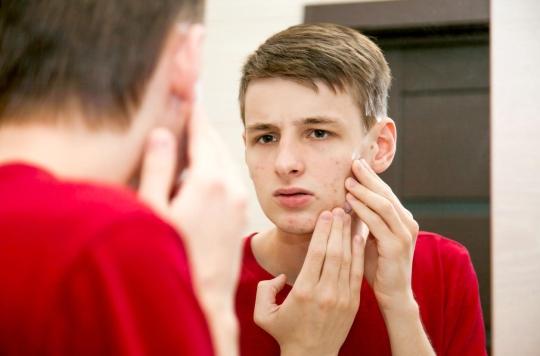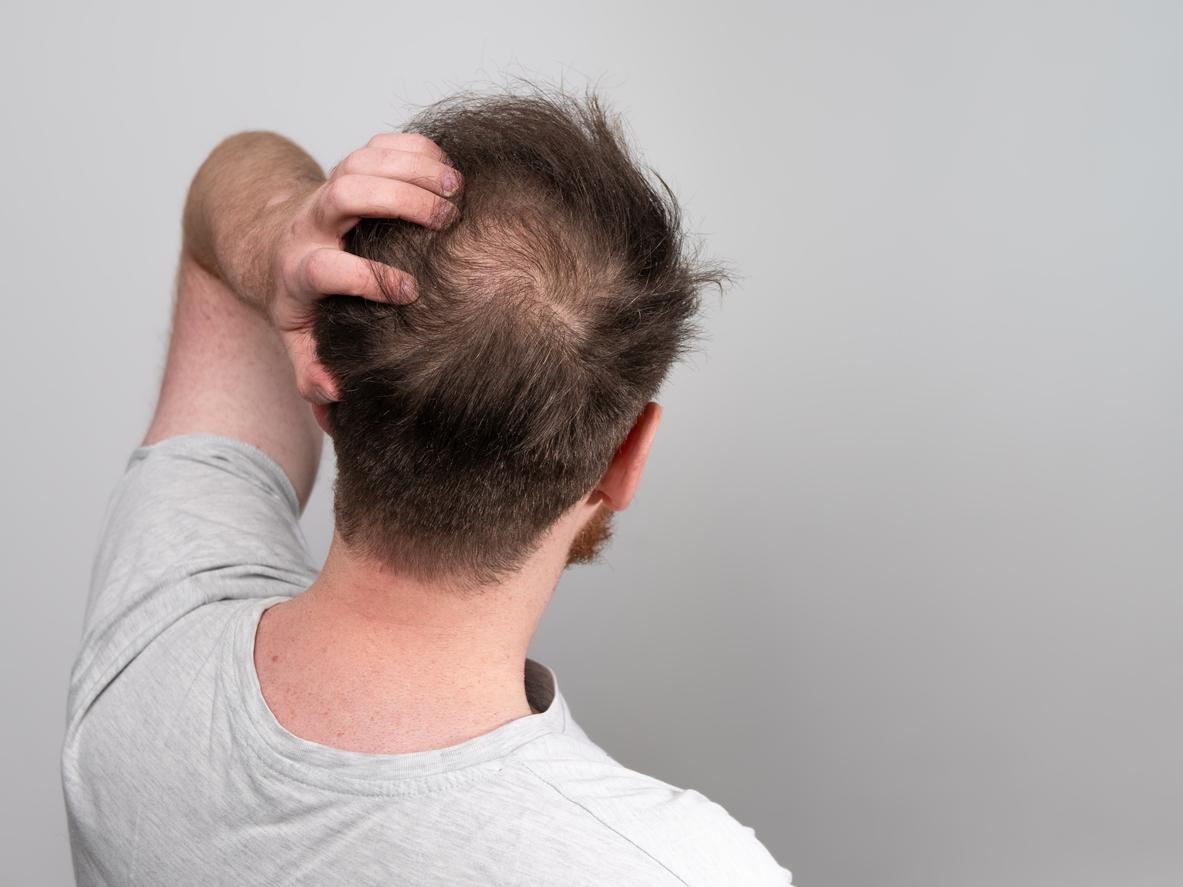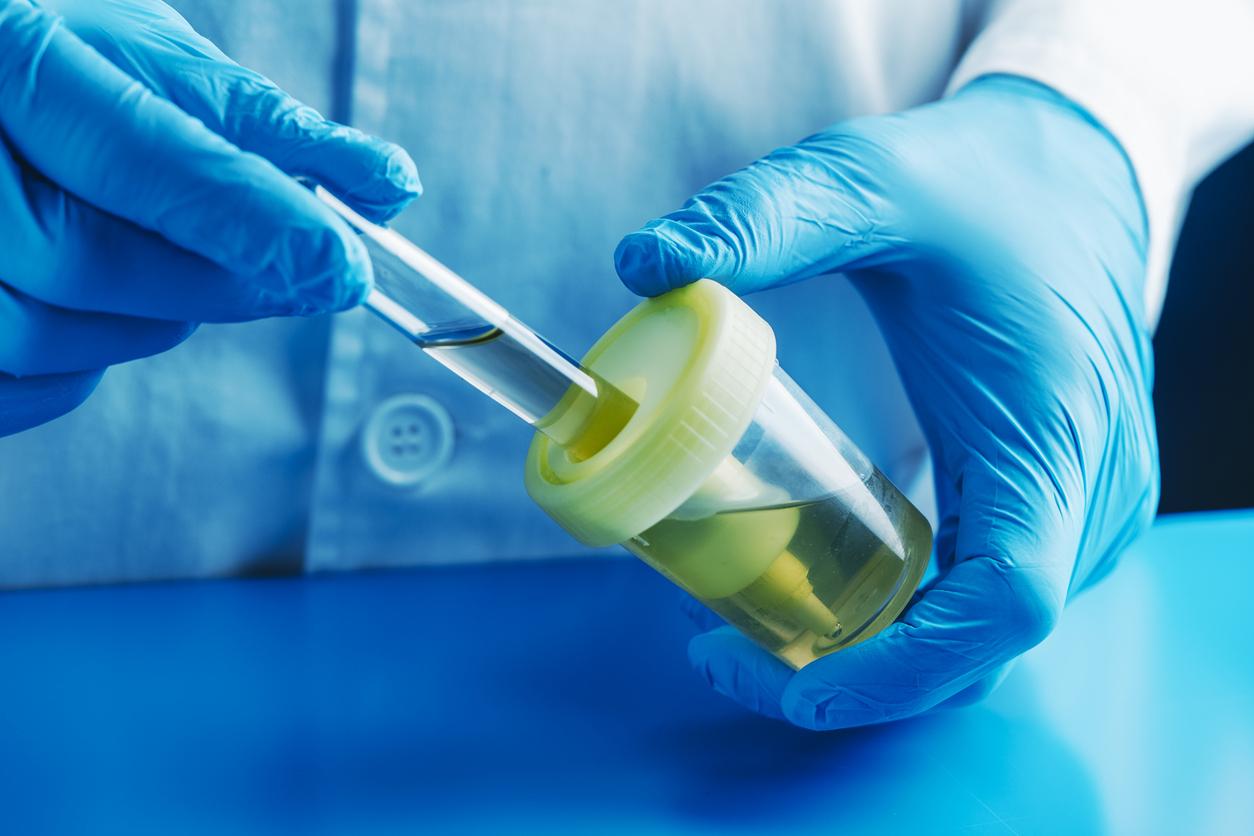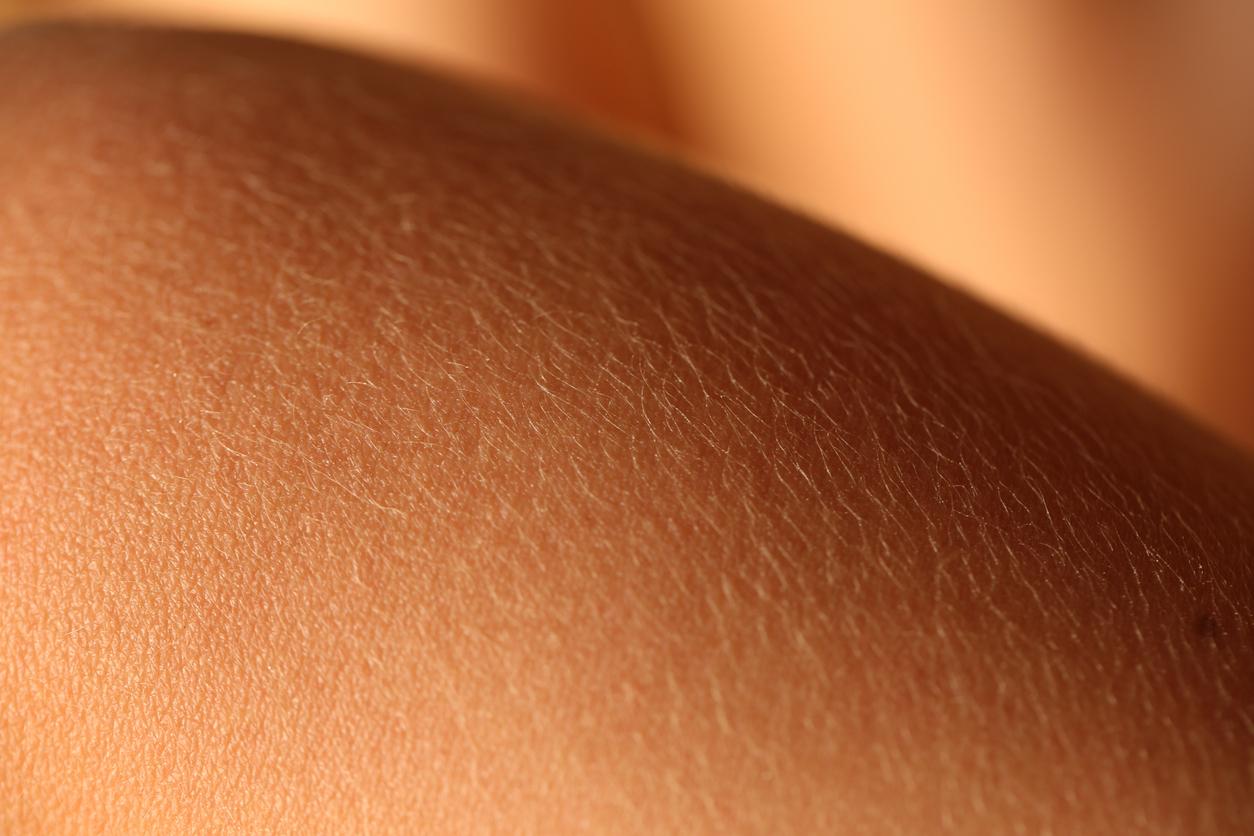The cells that surround the hair follicles are involved in the development of acne. They could therefore be in his treatment.

- Acne is an inflammatory skin disease.
- Researchers thought that hair follicles had a major role in the appearance of acne, in fact, the cells around them seem more important.
- They hope to develop more targeted treatments for the disease.
Acne is not just a disease of adolescence, it affects more and more adults. In France, a quarter of women would be affected. However, this skin pathology is very little studied by the scientific community. A team of American researchers has decided to remedy this. In Science Translational Medicineit publishes the results of a study that could revolutionize the management of this skin disease.
What is Acne?
Acne is linked to pilosebaceous follicles: hairs attached to a sebaceous gland. The latter secretes sebum, which is a protective film for the skin. When a person has acne, it is produced in excess and clogs the pores. The bacterium Propionibacterium acnes then has a favorable ground to multiply and acne lesions appear. Depending on their nature and number, they determine the level of severity of the disease.
A transformation of cells to fight acne
“We started our research wanting to understand the biology of acne and specifically looked at the role of fibroblasts, which typically provide structural support in the deeper layers of the skin.“, explains Alan O’Neill, co-author of the study. These cells are located outside the hair follicle. “What we found instead was that these cells were activated to produce large amounts of an important antimicrobial, cathelicidin, in response to acne-causing bacteria called Cutibacterium acnes.To counter an infection in a hair follicle, the surrounding skin undergoes a process called reactive adipogenesis in which fibroblasts transform into fat cells. acne.
A double study on humans and rodents
The research team performed skin biopsies on acne patients treated for several months with retinoids, vitamin A derivatives. The drug improved cathelicidin expression after treatment, which allowed them to discover a new mechanism explaining why retinoids help treat acne. In a second step, the researchers studied the skin lesions on mice injected with the bacterium causing acne, they observed similar responses to the treatment in rodents. “This research could help identify new treatment options that specifically target the ability of fibroblasts to produce cathelicidinsays Alan O’Neill. This would create an acne treatment that would be more selective with potentially less harmful side effects.. ” Retinoid-based drugs cause dry skin, increased sensitivity to the sun, and are prohibited for pregnant women because they can cause serious malformations of the fetus.

.














